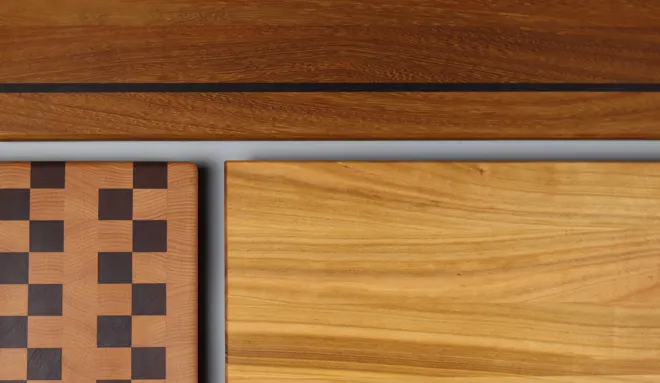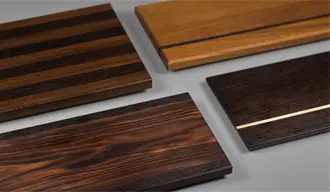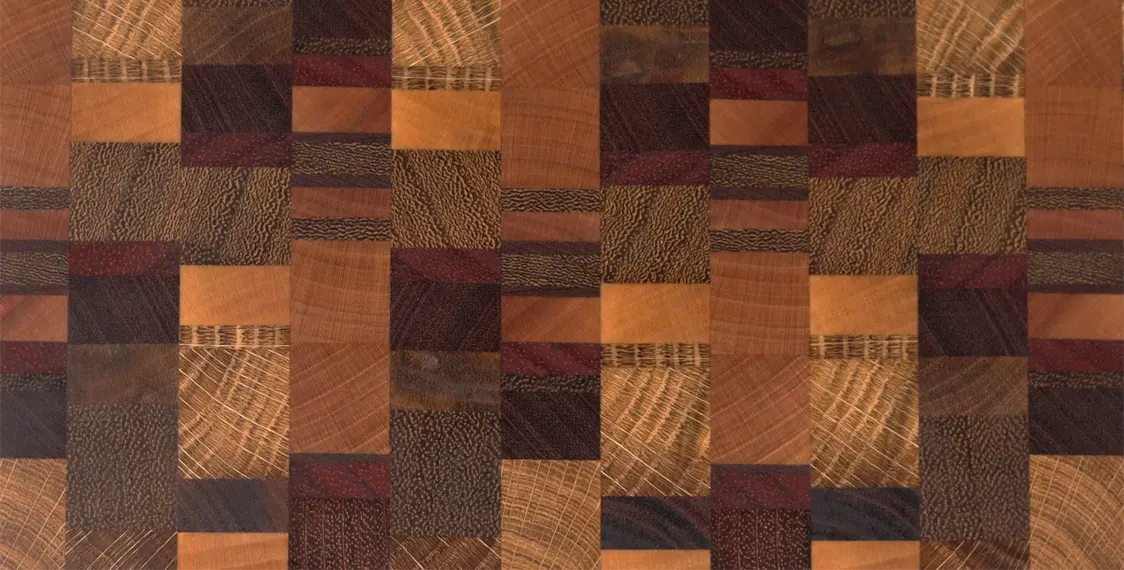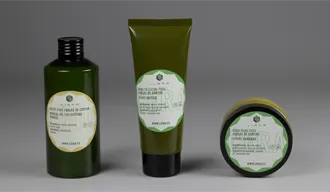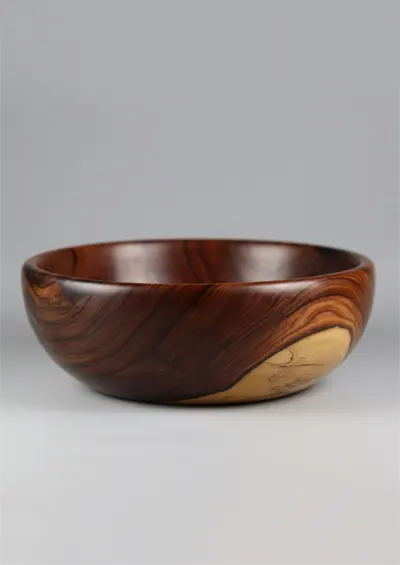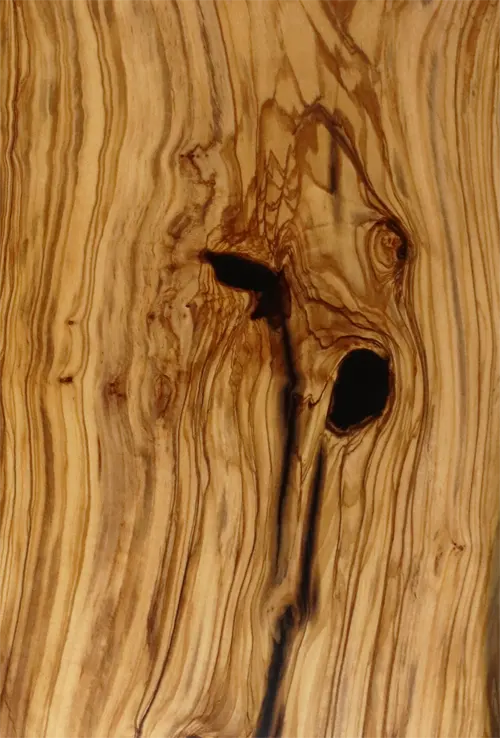White wood: Common Species and Uses
White wood has become a prominent trend in decoration, carpentry and interior design. Its bright and minimalist aesthetic makes it ideal for modern environments, although its beauty and versatility also work perfectly in classic or exclusive projects.
This article is a comprehensive guide to whitewood, its common and exotic varieties, essential characteristics, and main uses, so you can get the most out of it in your projects.
What exactly is white wood?
White wood is not a specific species, but a general term that encompasses all woods that have a natural light or white hue. They can be soft or hard, local or exotic, but they all have in common:
- Light tones.
- Uniform textures.
- Ease of work.
- Great aesthetic adaptability.
Main Characteristics of Whitewood
These are the general characteristics that most of these woods share:
- Light Color: From pure white to very light beige.
- Soft Texture: With fine and delicate veins.
- Ease of work: Ideal for precise finishes.
- Versatility in finishes: They easily absorb stains and paints.
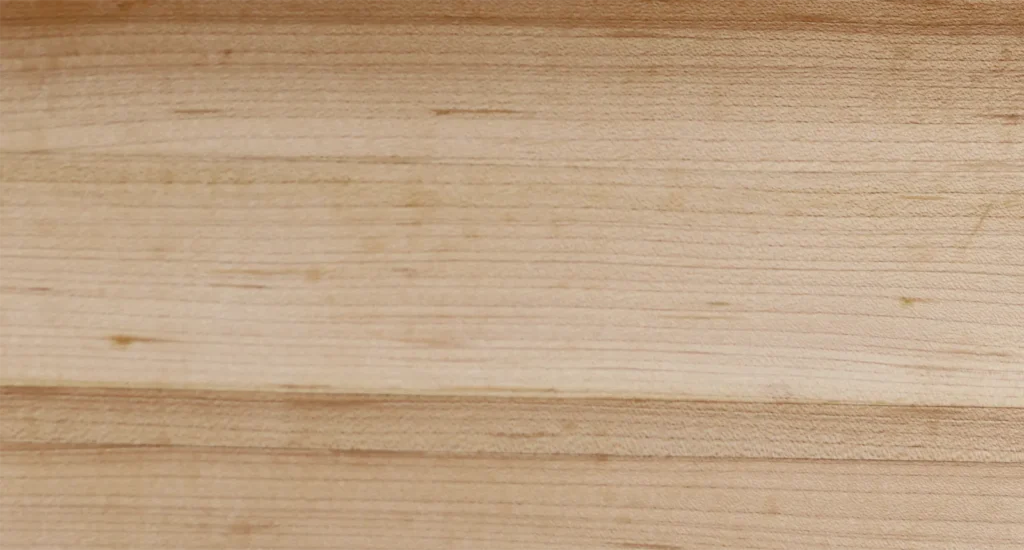
Types of Whitewood: Common and Exotic
Here is a comparison table with the most outstanding white woods, both common and exotic or rare:
| Species | Origin | Guy | Density (kg/m³) | Hardness | Common uses | Special Feature |
|---|---|---|---|---|---|---|
| White Pine | Europe | Soft | 500-600 | Low | Furniture, basic carpentry | Economical and versatile |
| Silver fir | Europe | Soft | 450-550 | Low | Interior cladding | Homogeneous texture |
| Hard Maple | North America | Hard | 600-750 | High | Instruments, furniture | Excellent acoustics |
| White Birch | Europe | Hard | 650-700 | Medium-High | Plywood, veneers | High elasticity |
| Poplar | Europe | Soft | 400-500 | Low | Packaging, light carpentry | Lightweight and low cost |
| White Cedar (Atlantic Cedar) | North America | Soft | 350-500 | Average | Exteriors, fine furniture | Natural Pest Resistance |
| Raft | Tropical America | Very soft | 100-200 | Very low | Modeling, handicrafts | Extremely lightweight |
| White Linden | Europe | Soft | 400-500 | Average | Sculpture, fine furniture | Excellent workability |
| White Beech | Europe | Hard | 700-750 | High | Sturdy furniture, flooring | High wear resistance |
| Holly (Holly) | Europe/Asia | Hard | 800-900 | High | Marquetry, fine decoration | From pure white, without visible veins, to light cream color. |
| Poplar (Aspen) | North America | Soft | 350-450 | Low | Decorative panels | Creamy light hue |

Exotic and Rare Whitewoods
In addition to the most popular species, there are some very exclusive whitewoods:
- Holly (Holly)
This European and Asian wood stands out for its white purity with hardly any grains. It is especially used in fine decorative work, exclusive marquetry and musical instruments. It is considered the whitest wood available. - White Cedar (Atlantic Cedar)
Native to North America, it is valued for its natural resistance to pests and humidity. Ideal for outdoors, luxury decoration and exclusive furniture.
FAQ: Frequently Asked Questions About White Wood
What exactly is meant by white wood?
White wood does not refer to a specific species, but groups all varieties of wood that naturally have a light, white or cream color. It can come from both hardwood and softwood trees and be used for different purposes, from construction to the manufacture of exclusive furniture or special decorations.
Do all white woods have the same strength and hardness?
No, the strength and hardness of whitewoods vary considerably depending on the species. Some, such as pine or balsa, are soft and light, ideal for crafts or light furniture. Others, such as white ivory or holly wood, are dense and very resistant.
Is it advisable to use white wood for exteriors?
Although not all whitewoods are suitable for outdoors, some specific species such as white cedar or Atlantic cedar offer excellent natural resistance to moisture, fungi, and pests.
However, in general, white wood requires specific protective treatments to maintain its appearance and properties when used in exposed environments.
What decorative advantages does white wood offer compared to other woods?
The main decorative advantage of white wood is that it brings brightness and a sense of visual spaciousness to any space. It is perfect for modern, minimalist or Scandinavian styles, although it also works in classic environments. In addition, its light shade allows you to easily apply different finishes, paints or dyes, achieving very versatile decorative results.
Does white wood require any special treatment or specific maintenance?
White wood, especially if used outdoors or in exposed places, may require specific treatments such as protective varnishes, special oils or anti-humidity products. To maintain its beauty and durability, it is advisable to carry out periodic cleanings with mild products, avoiding abrasive chemicals that can alter its original color.
Which white wood is best suited for making fine or exclusive furniture?
For fine or exclusive furniture, hardwoods are ideal, especially white ivory, holly, white maple or white beech. These species offer great resistance, durability and an elegant aesthetic, being suitable for creating durable, detailed pieces with sophisticated finishes.
Is it eco-friendly or sustainable to use white wood?
The sustainability of using white wood depends largely on the type of species chosen and its origin. Many whitewoods come from trees with fast growth cycles, such as pine or poplar, making them sustainable choices.
It is advisable to always choose suppliers that offer FSC or PEFC certified wood to ensure responsible forest management.
Why are certain whitewoods used in musical instruments?
White woods such as white maple are widely employed in musical instruments due to their exceptional acoustic properties.
These woods offer a unique natural resonance, which greatly improves the sound quality. In addition, the density and homogeneity of some species make them ideal for making specific parts of instruments such as guitars, violins or pianos.
Where can I buy exotic or rare whitewoods?
Exotic or rare white woods, such as white ivory or holly, are often found at dealers specializing in fine wood or high-end joinery.
Generally, these companies work with certificates of authenticity and sustainability, guaranteeing the legal and ethical origin of the material. It is advisable to inform yourself well about the reputation of the supplier before making the purchase.
Otras entradas del blog
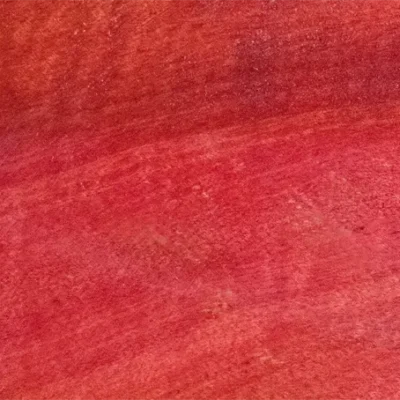
Pink Ivory Wood
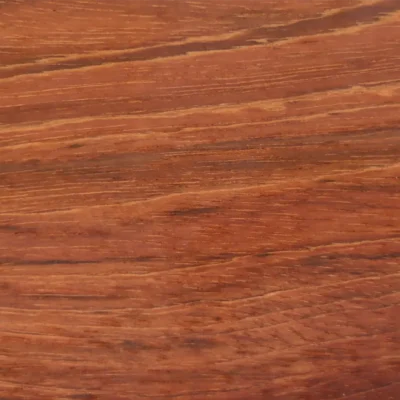
Jatoba Wood: Uses and Characteristics
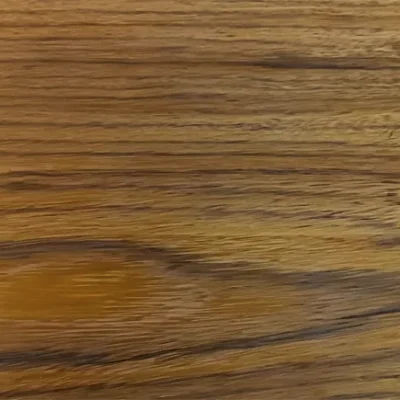
Suar wood: uses and characteristics
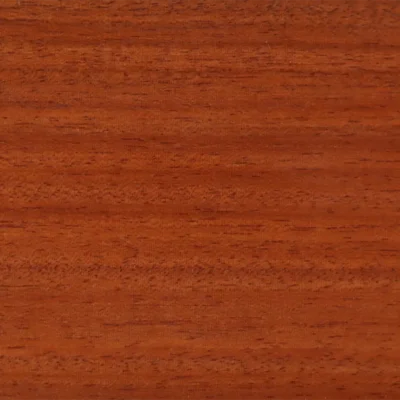
Kotibé Wood: Uses and Characteristics
Nuestras tablas de cortar:
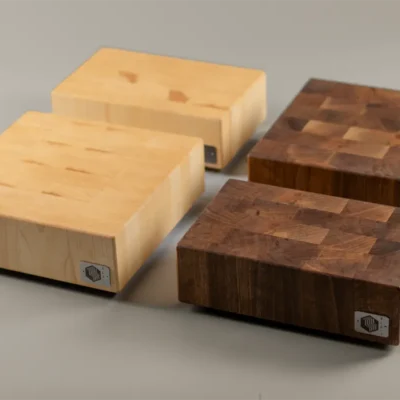
FORTIS
small chopping board
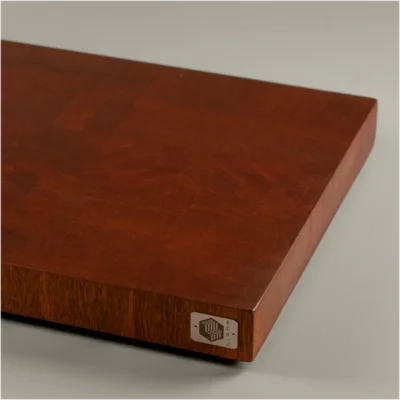
sapele end grain
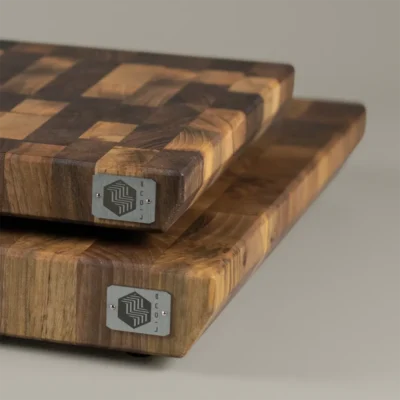
Pura
Walnut walnut butcher block
Pura
Walnutwalnut butcher block
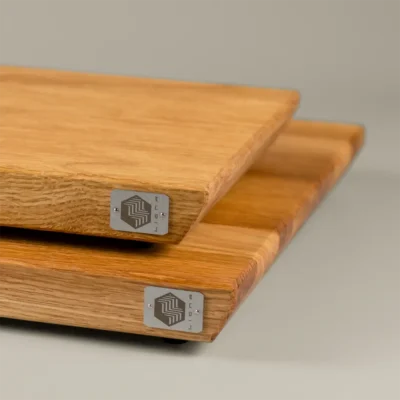
Linea
Oak oak cutting board
Linea
Oakoak cutting board
